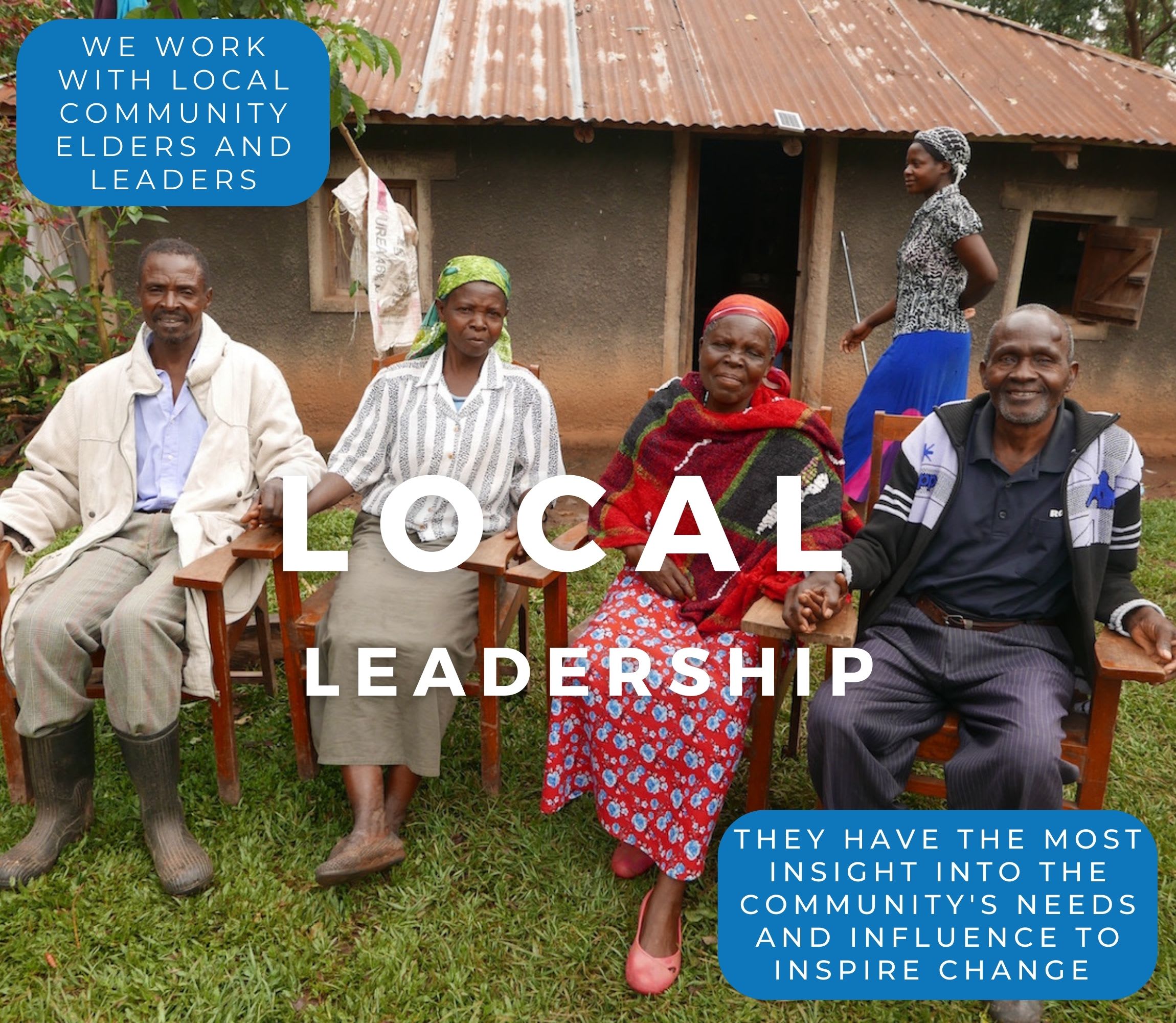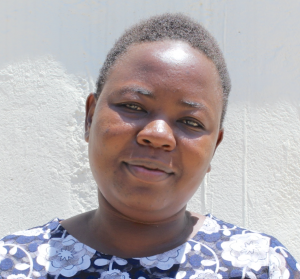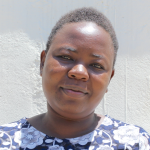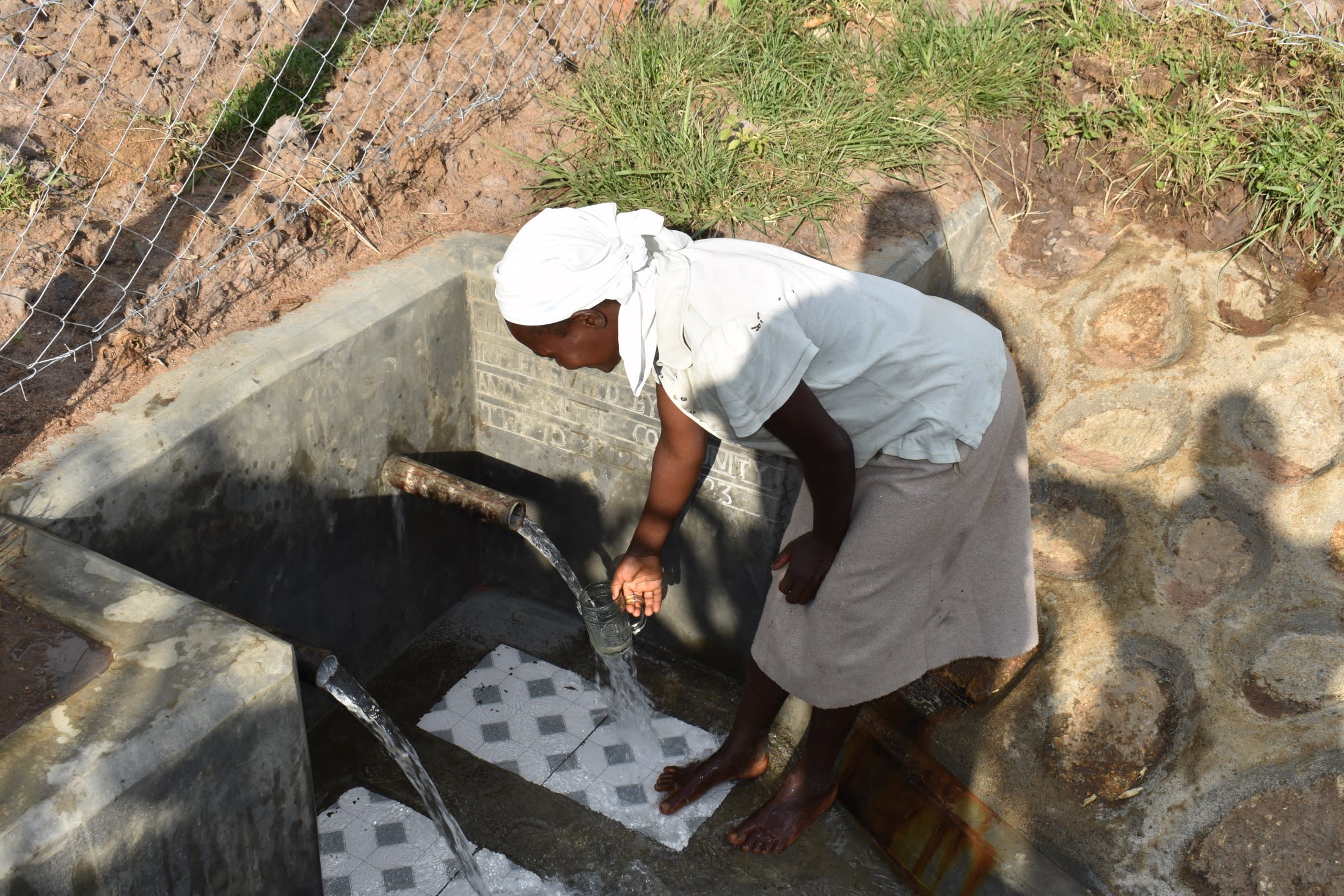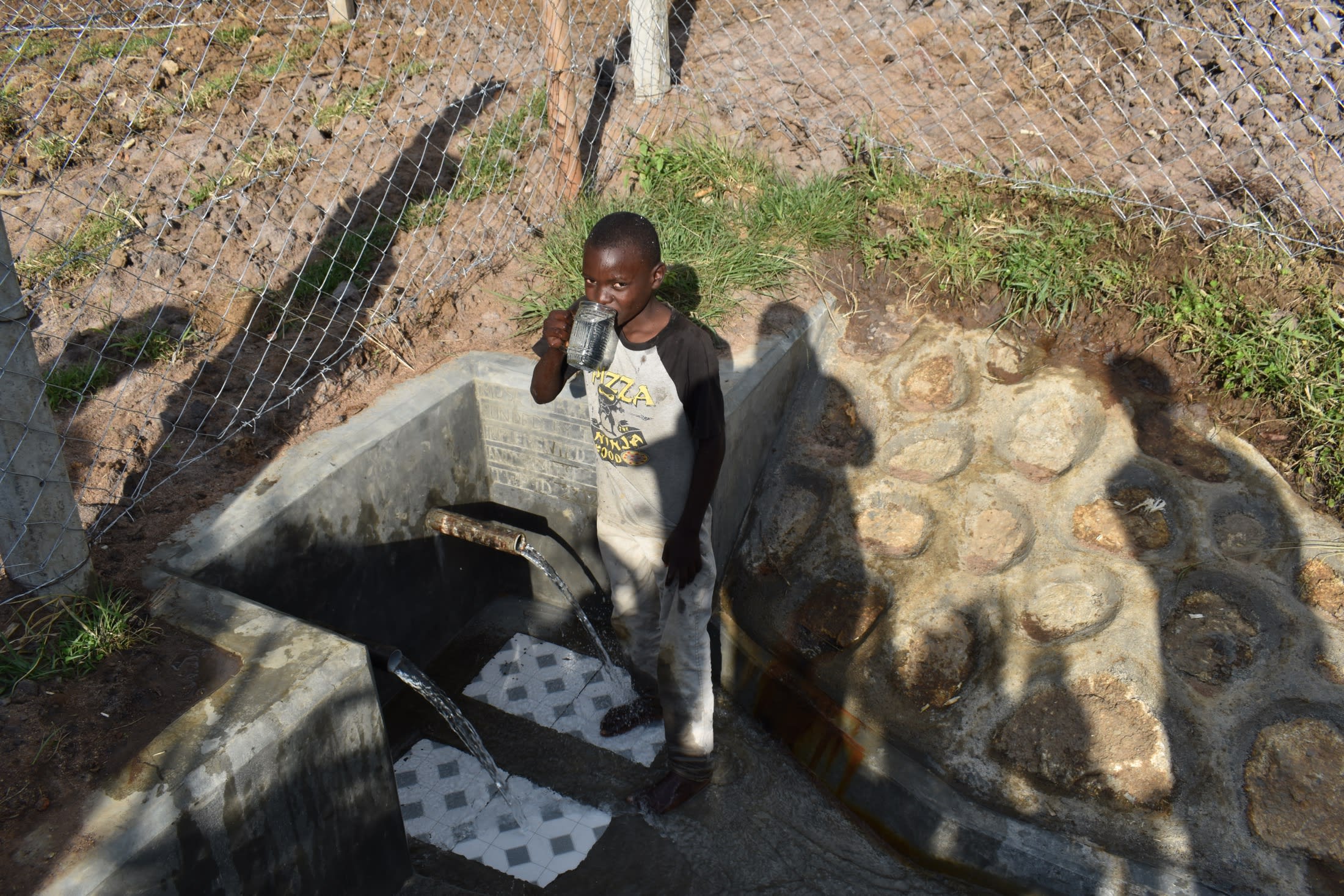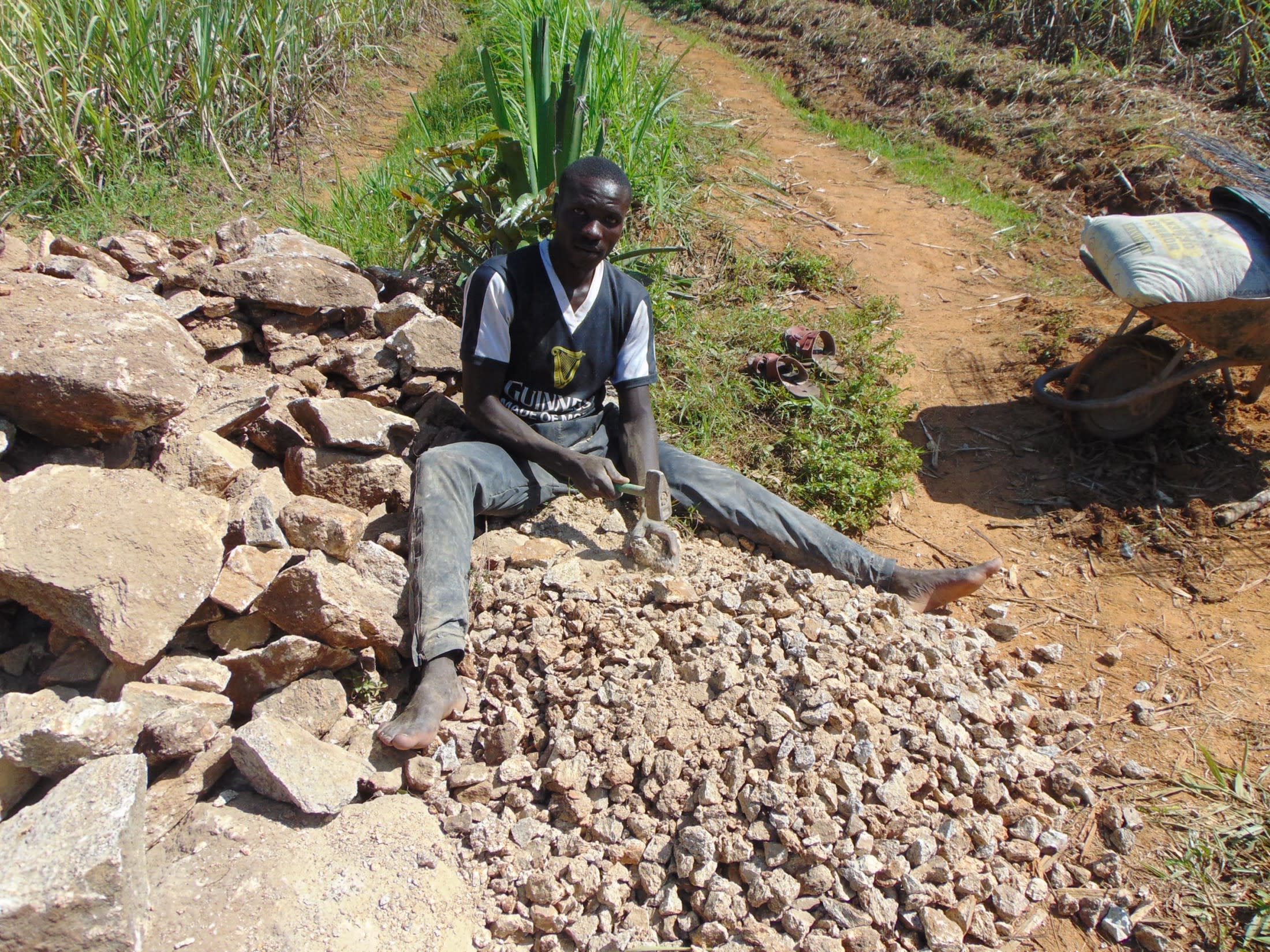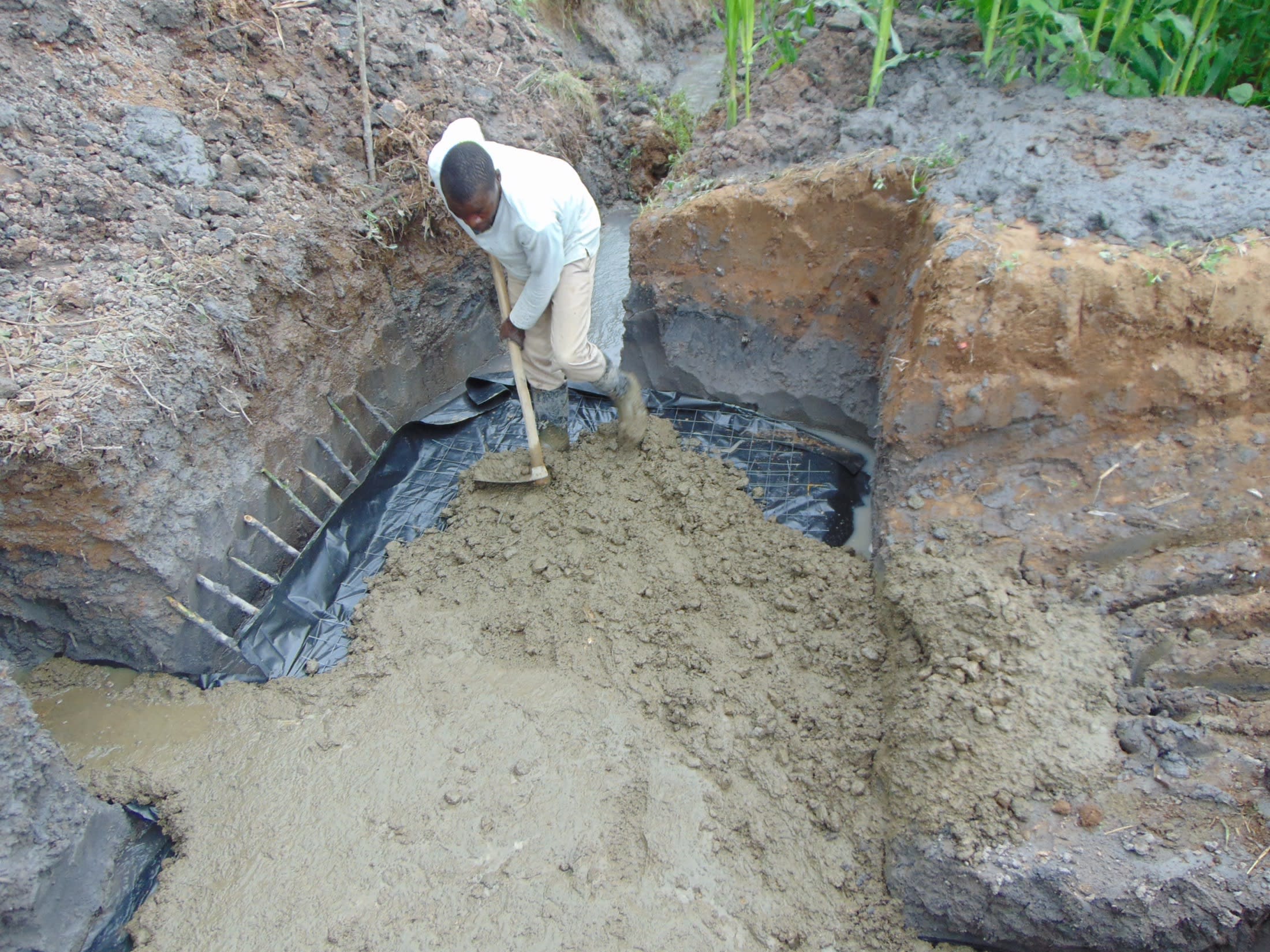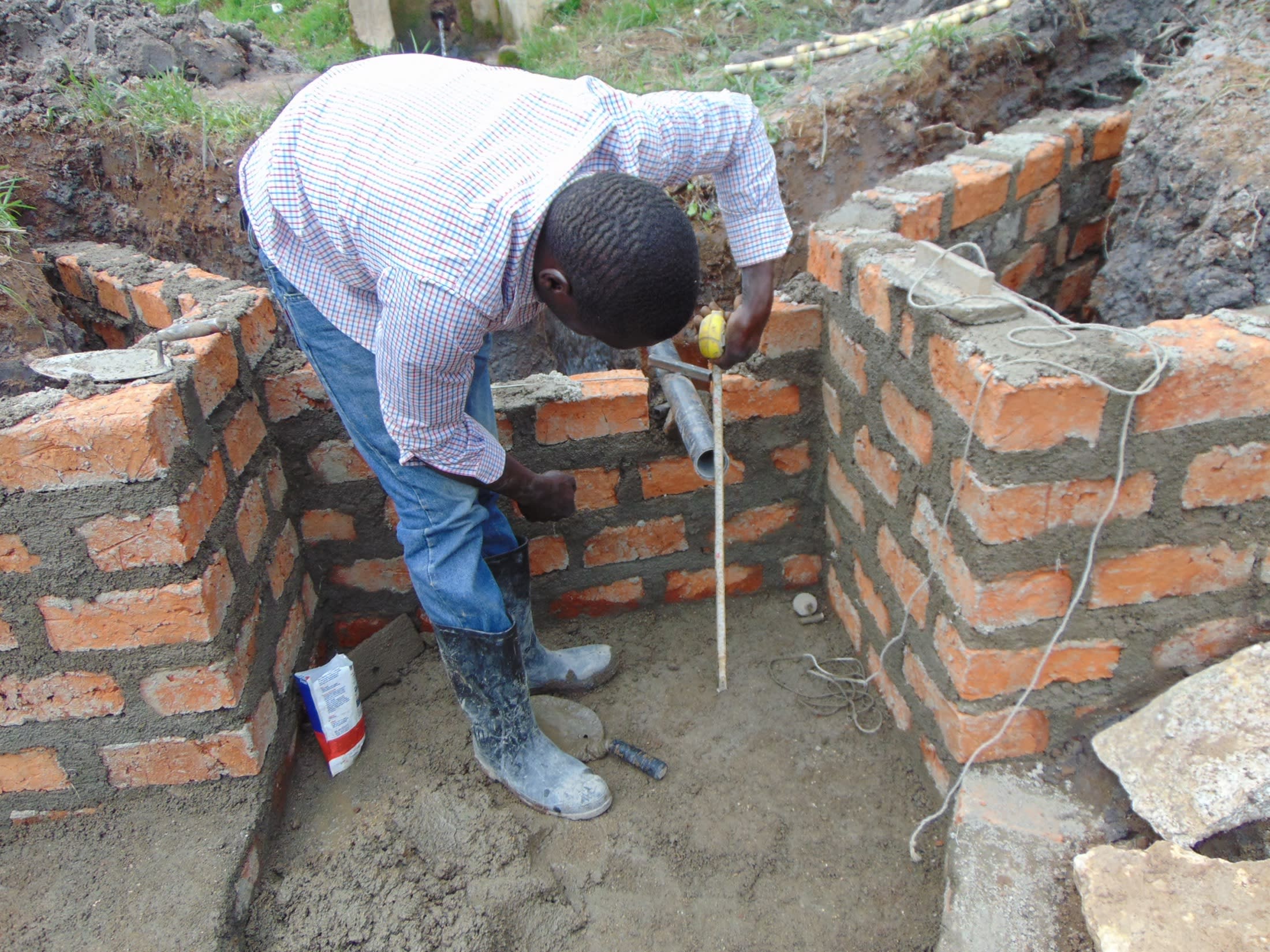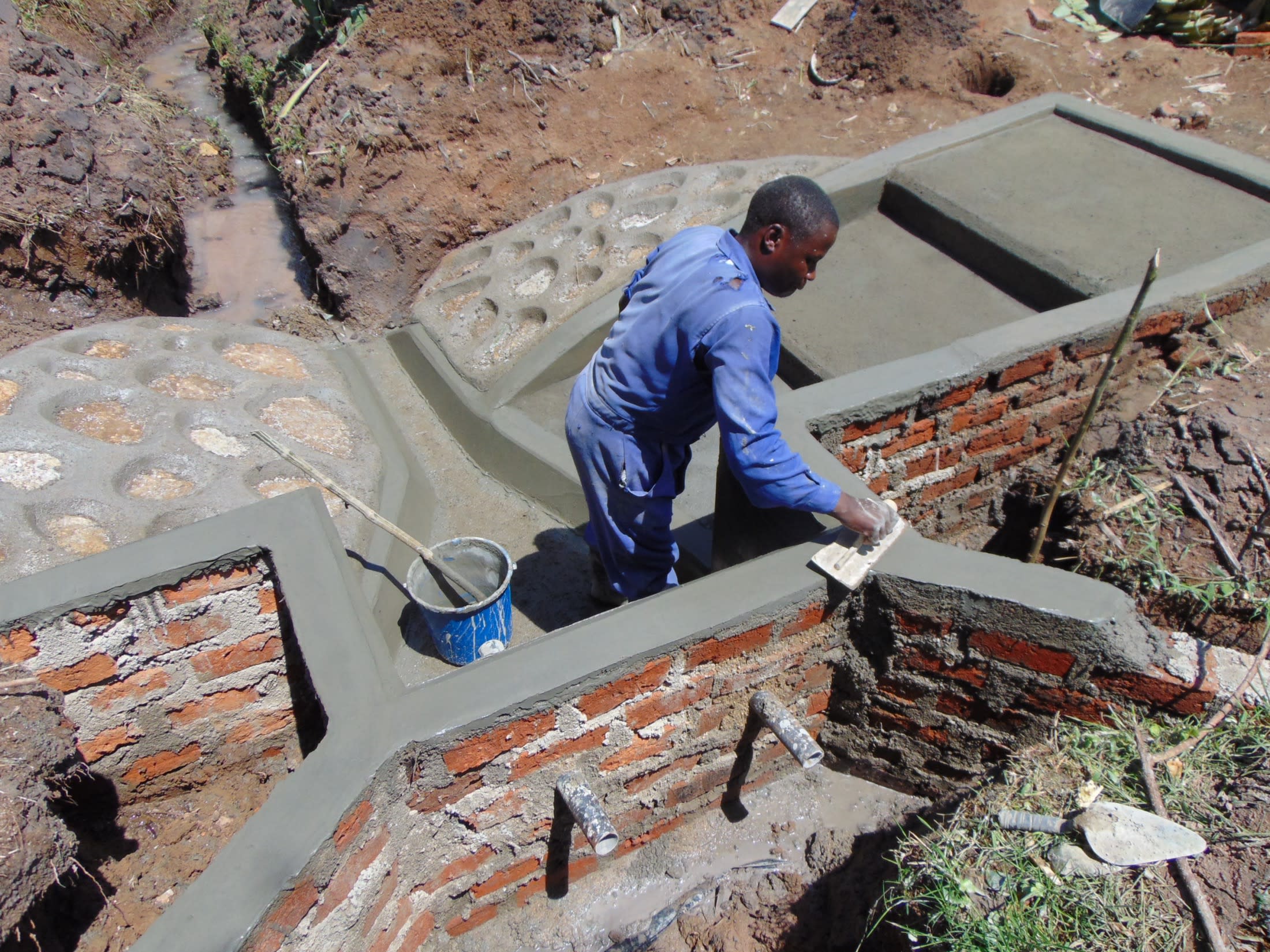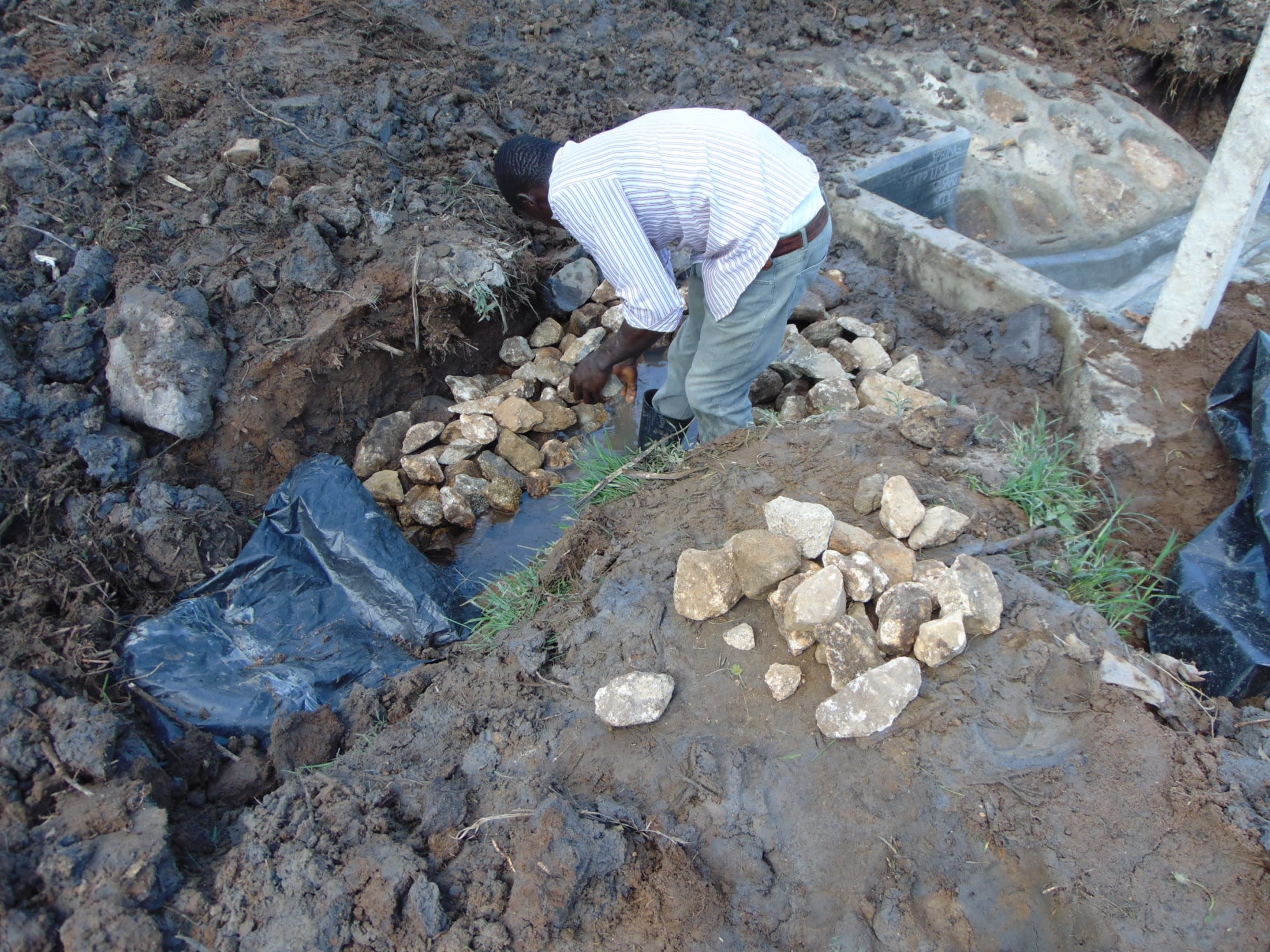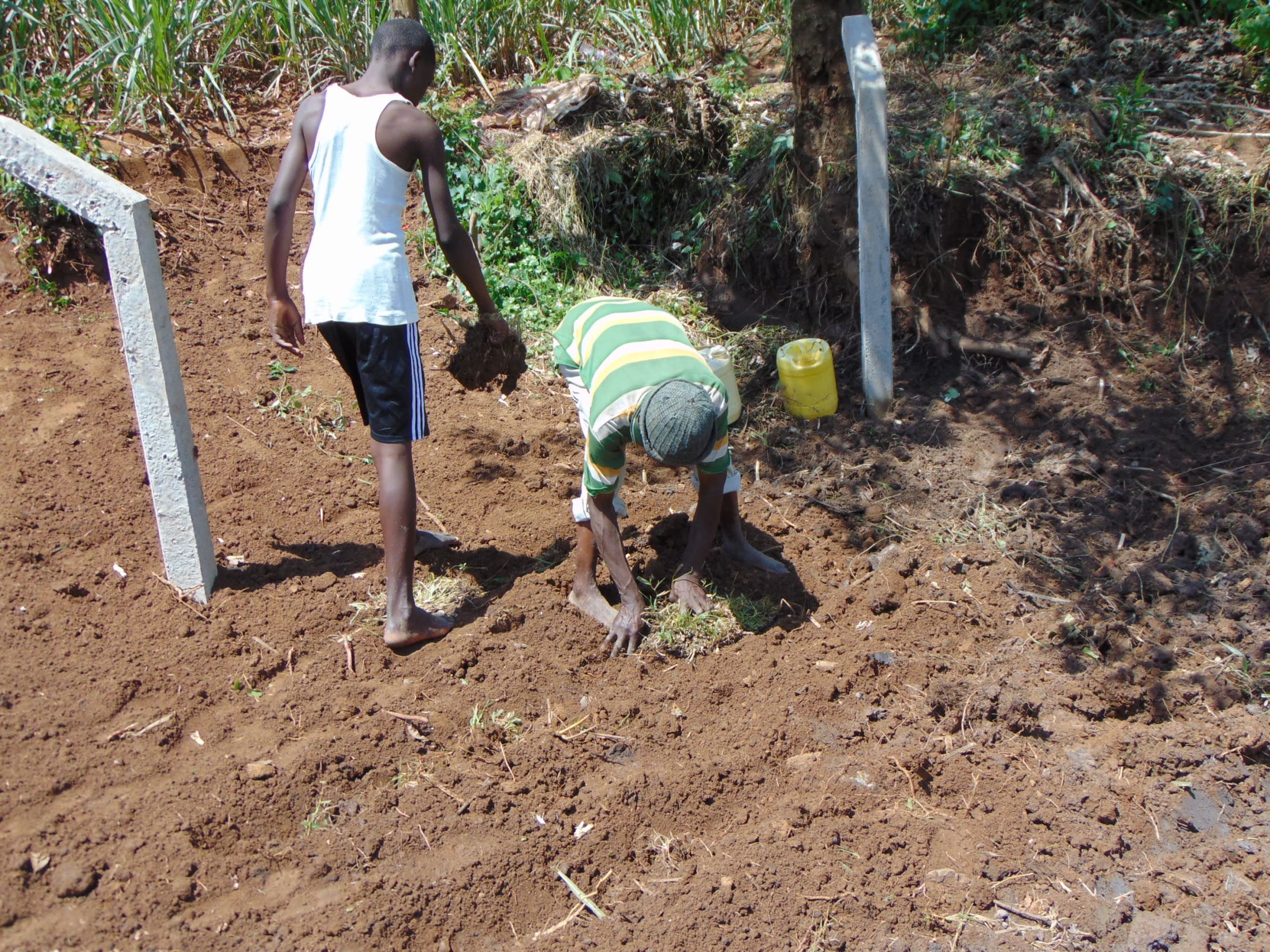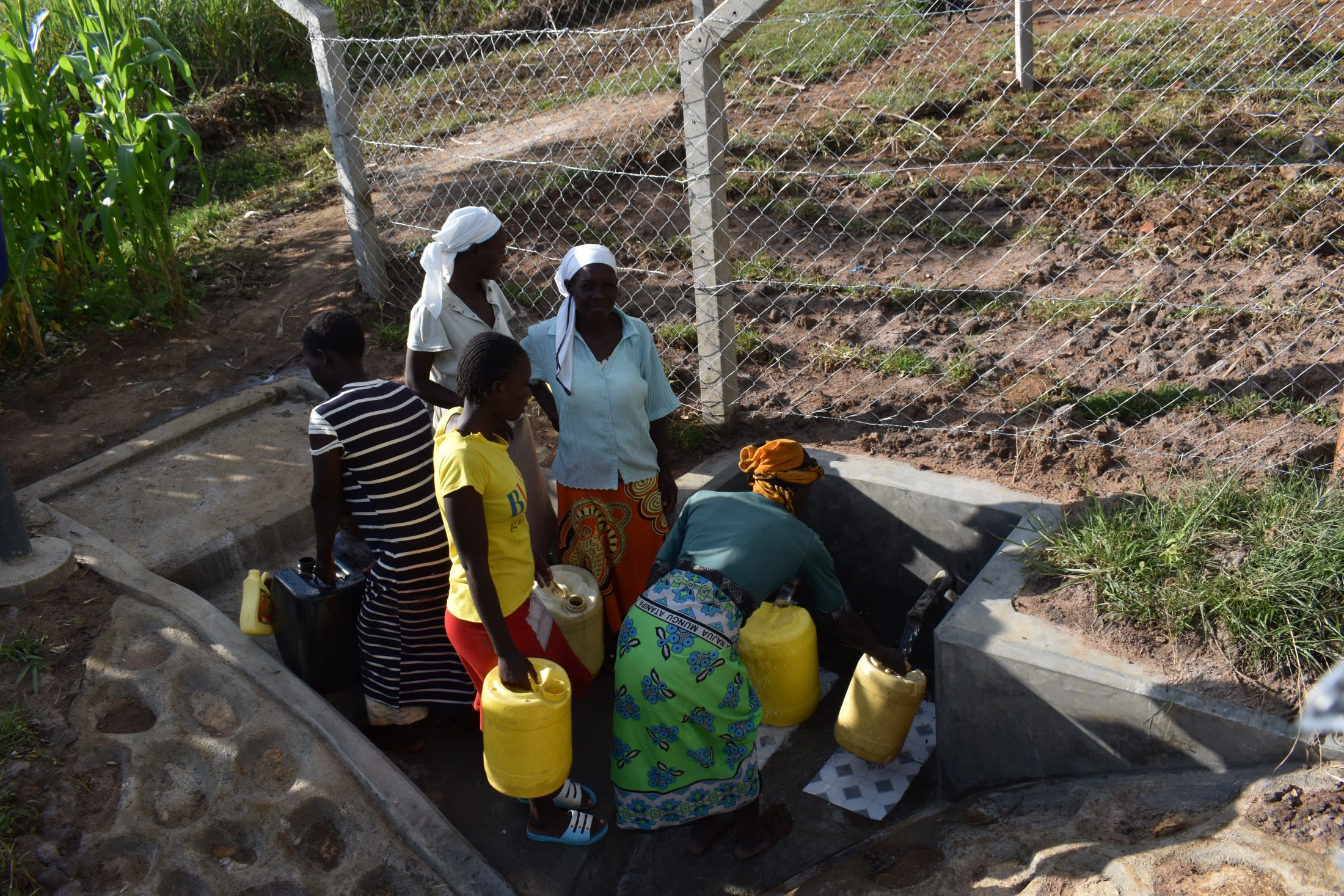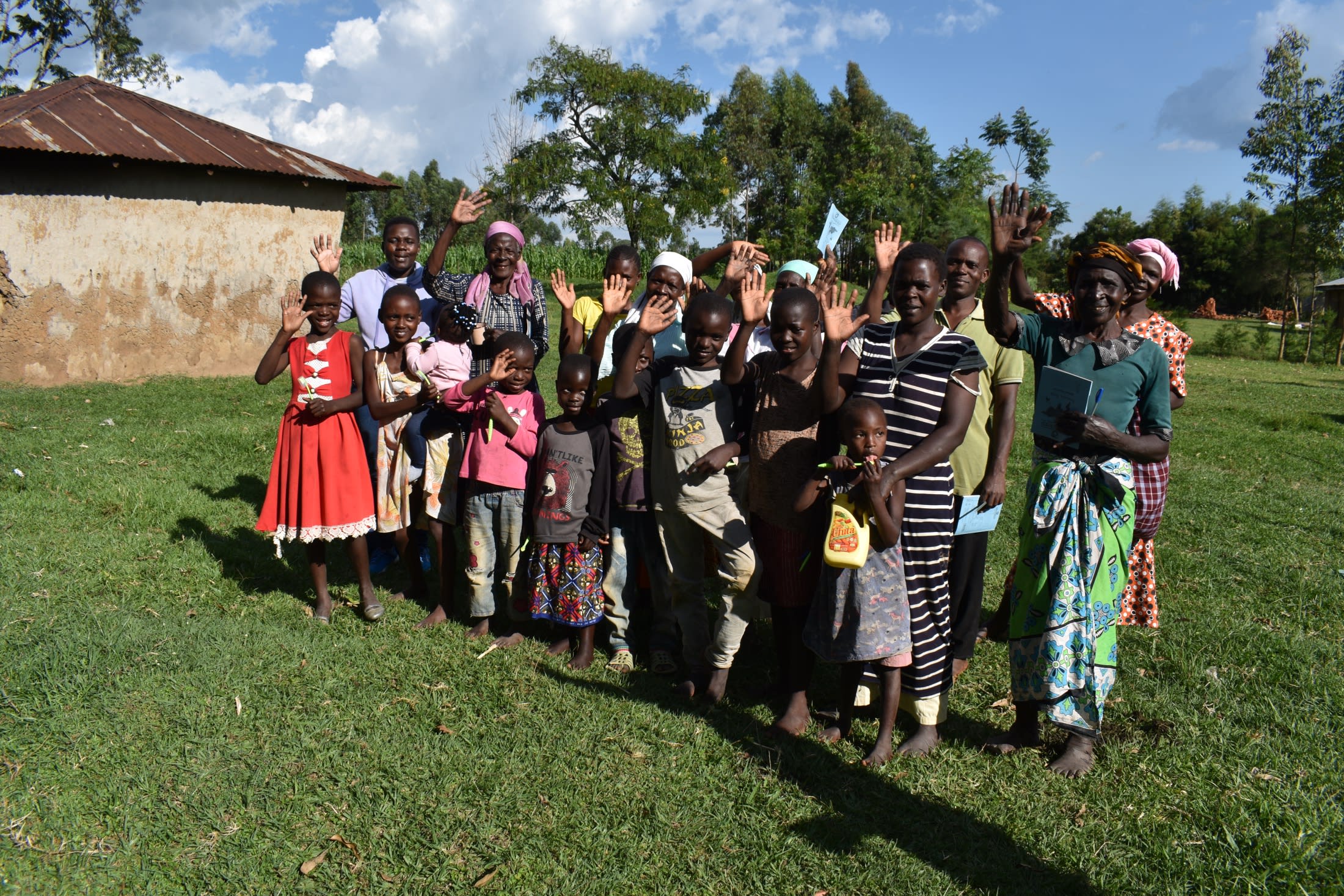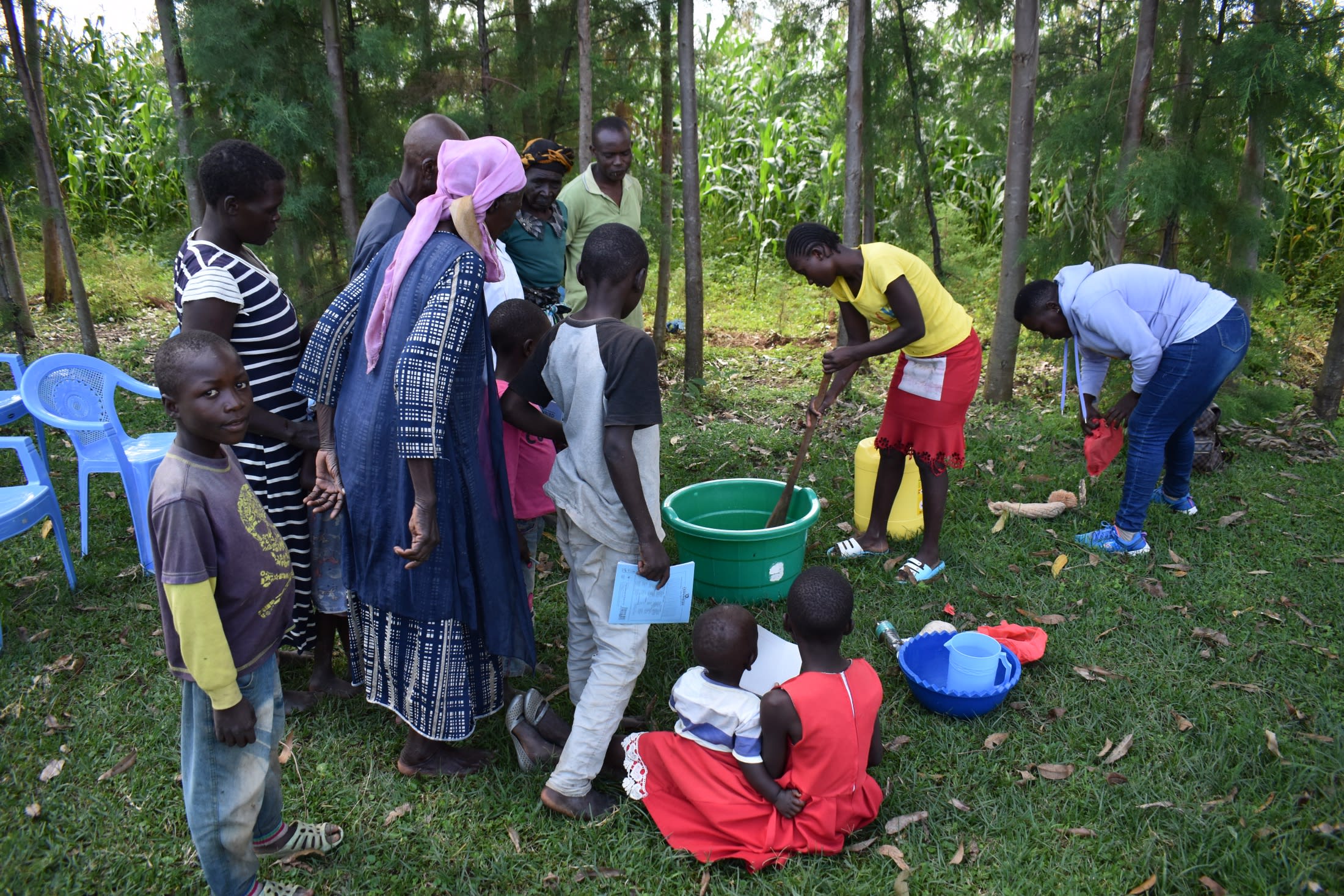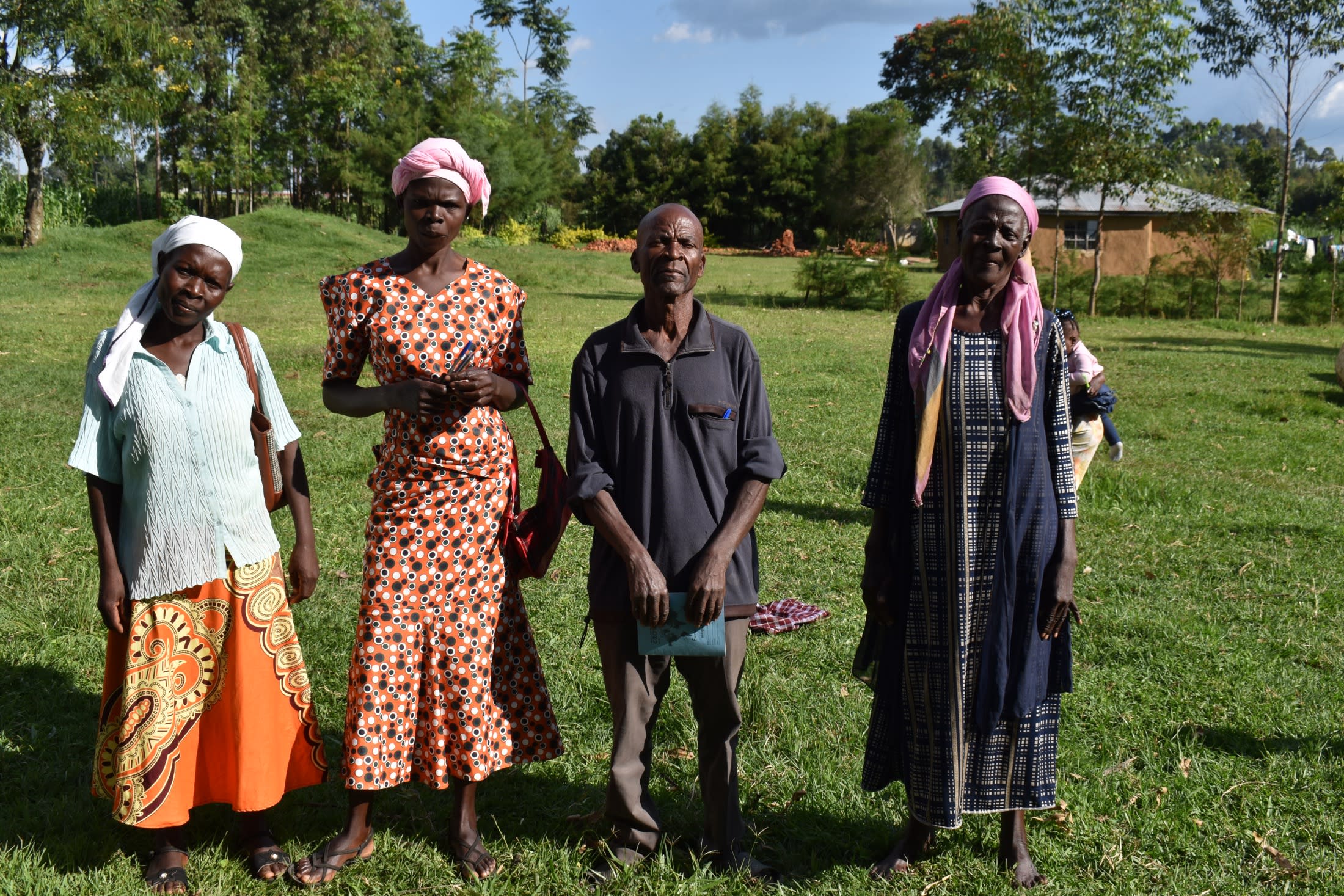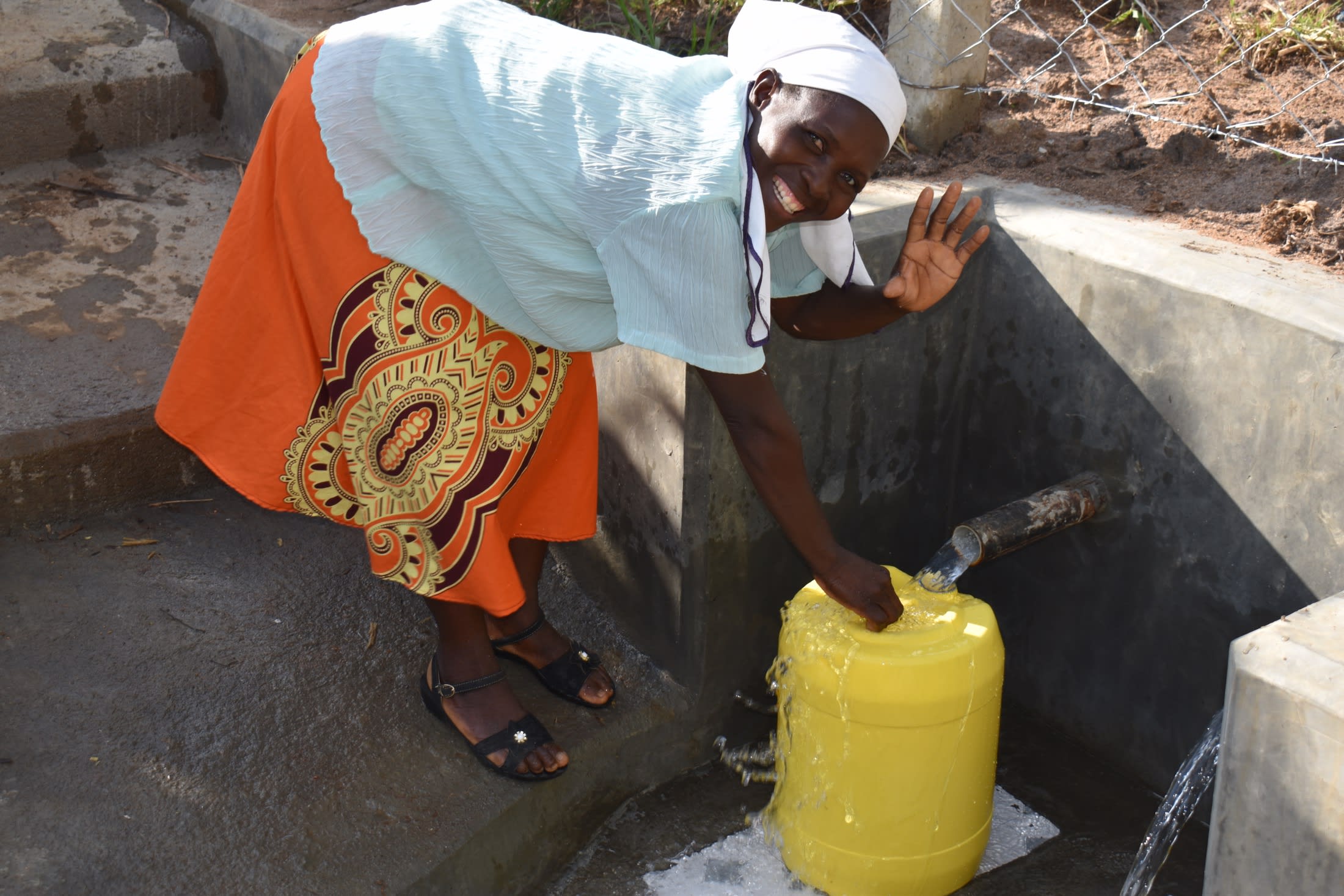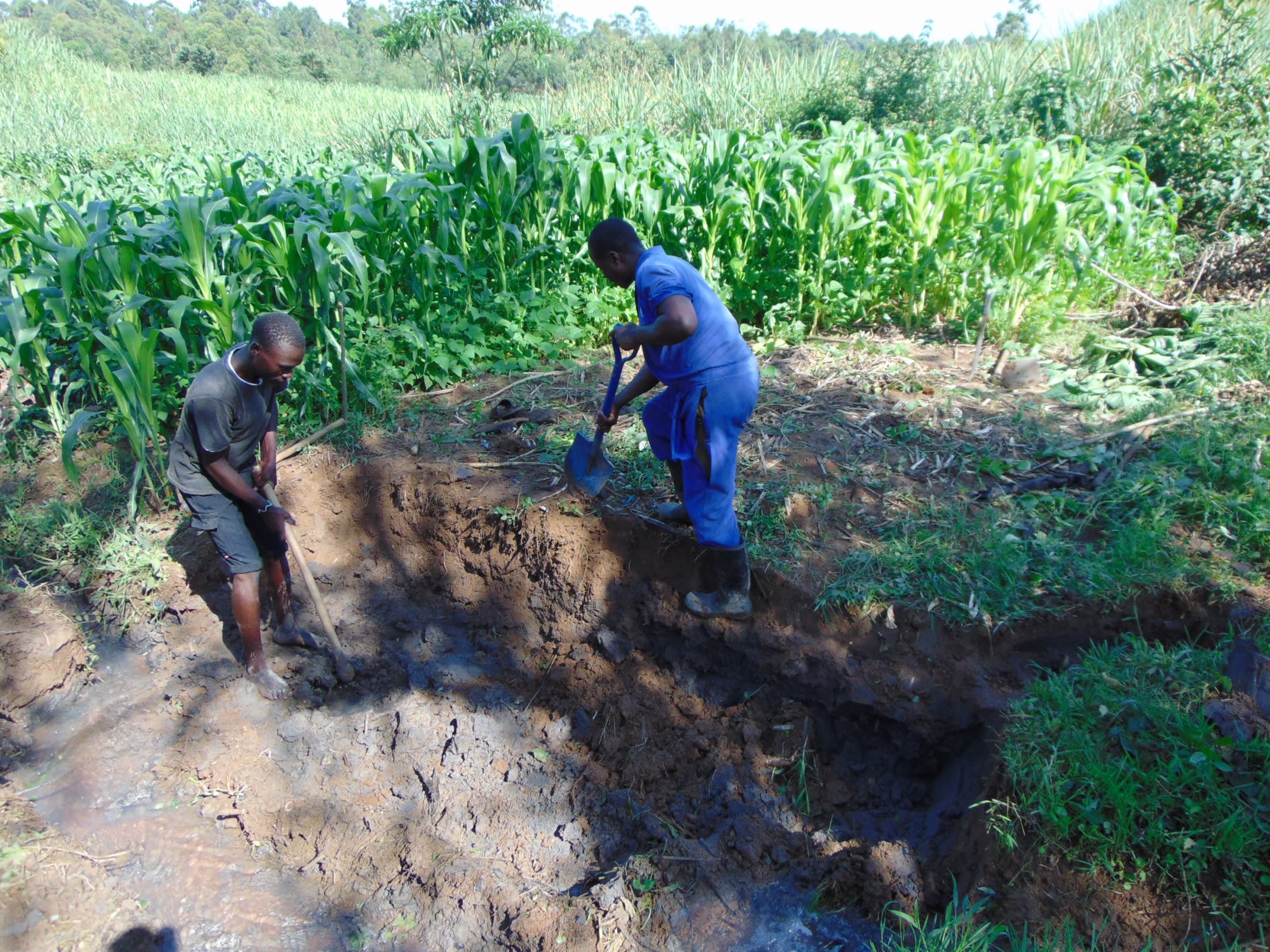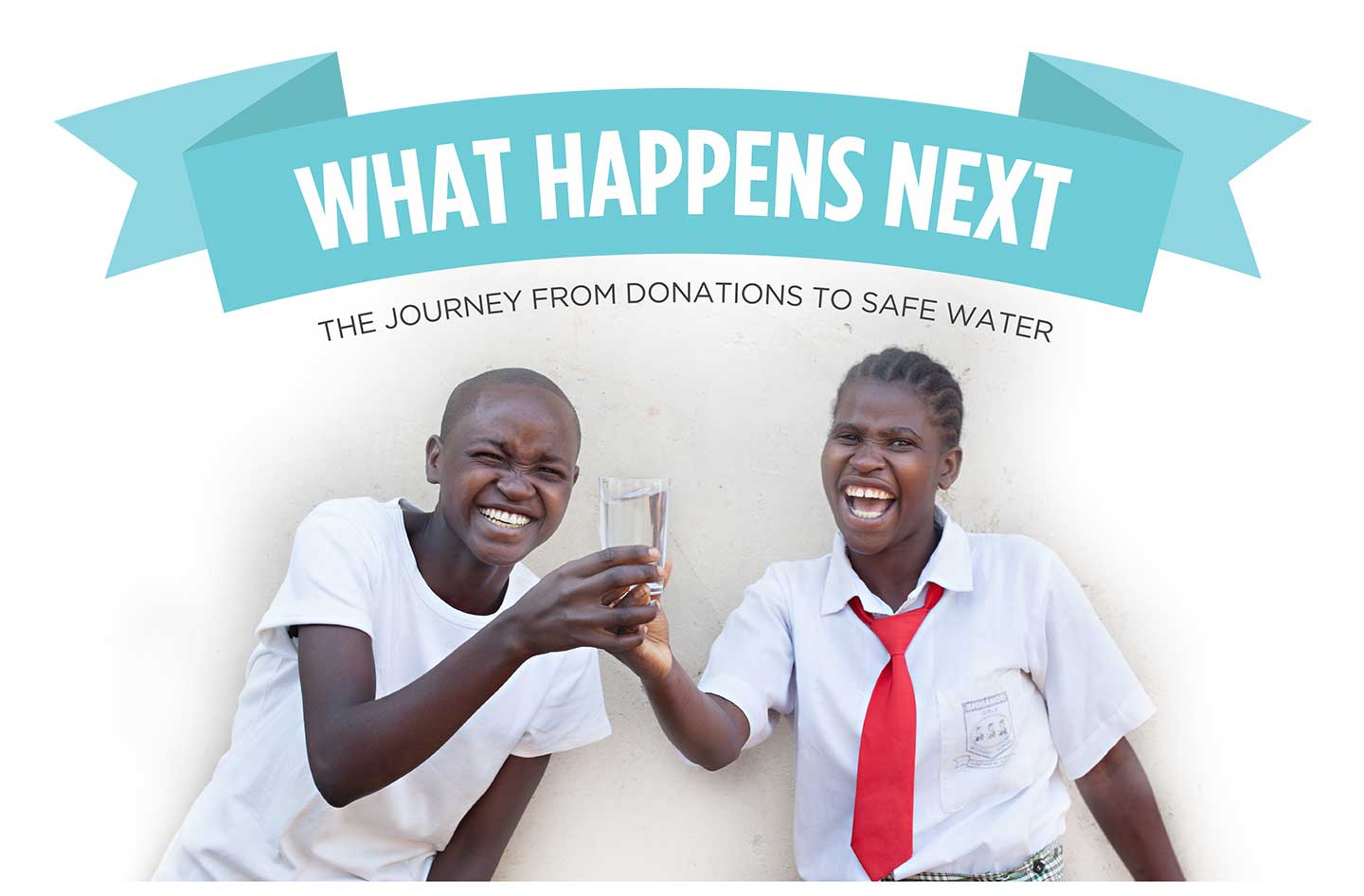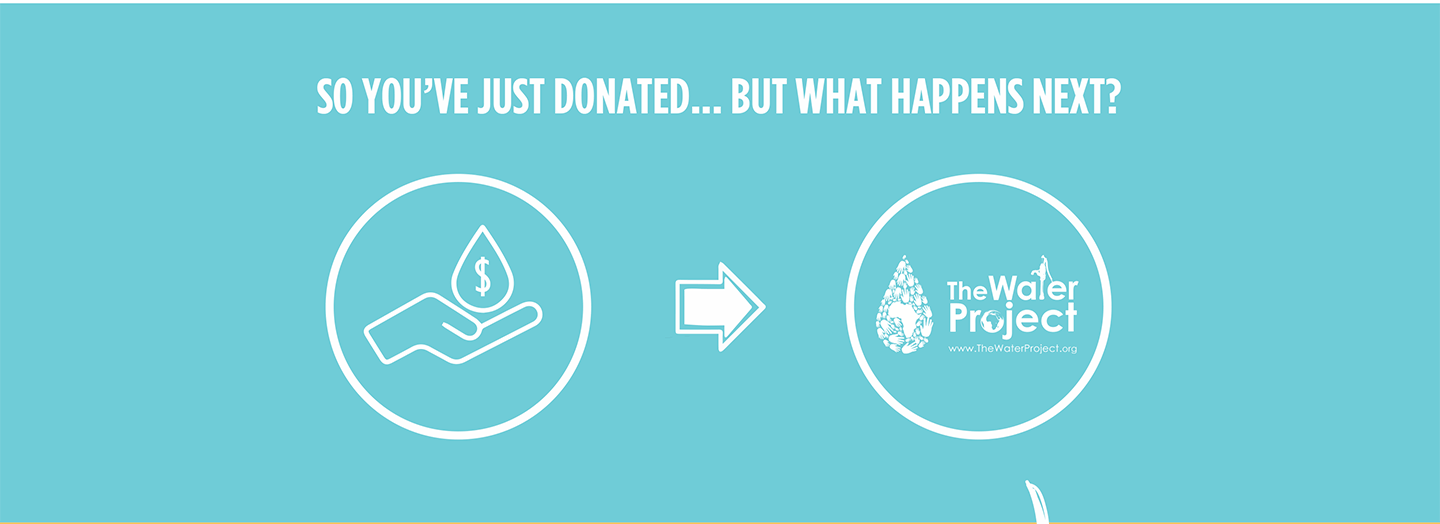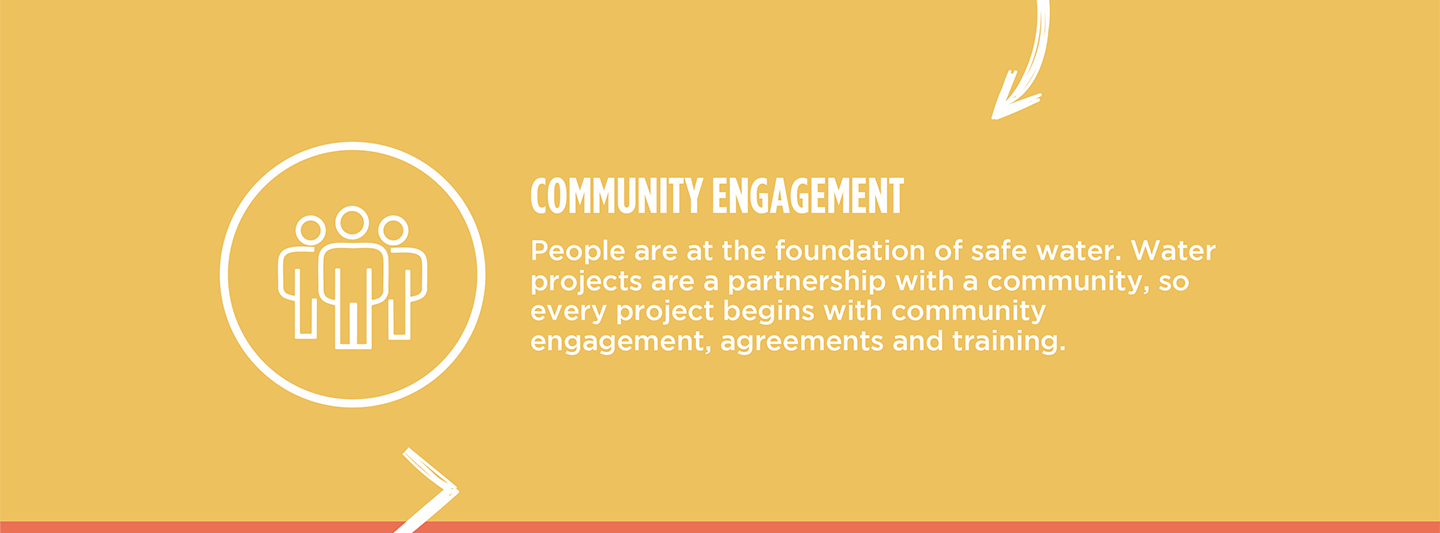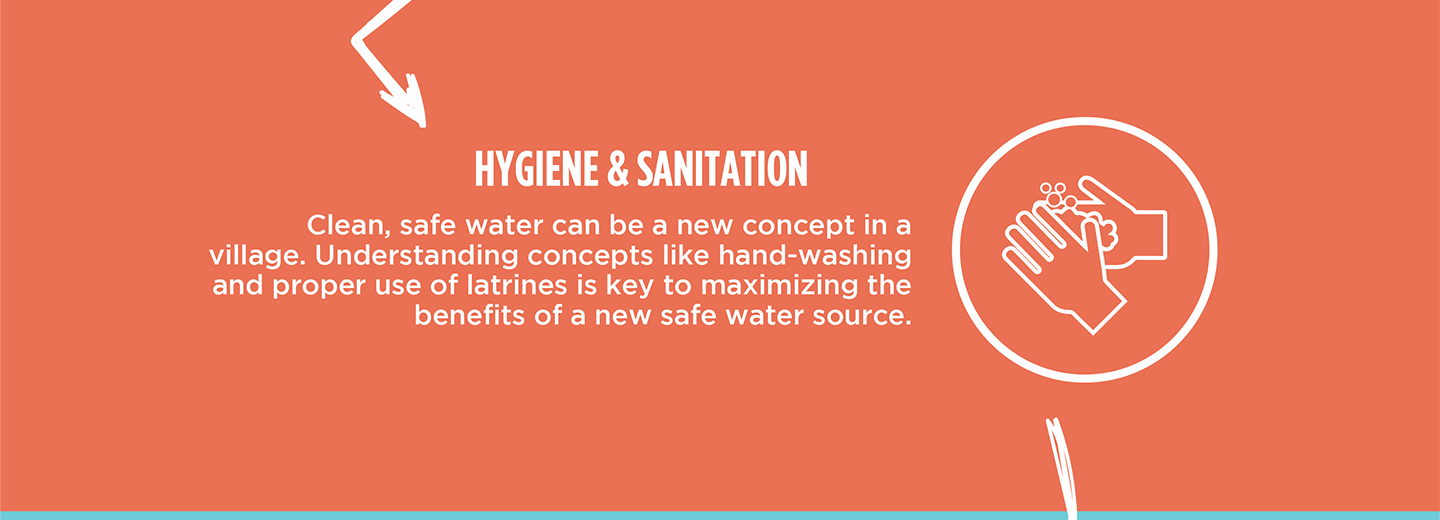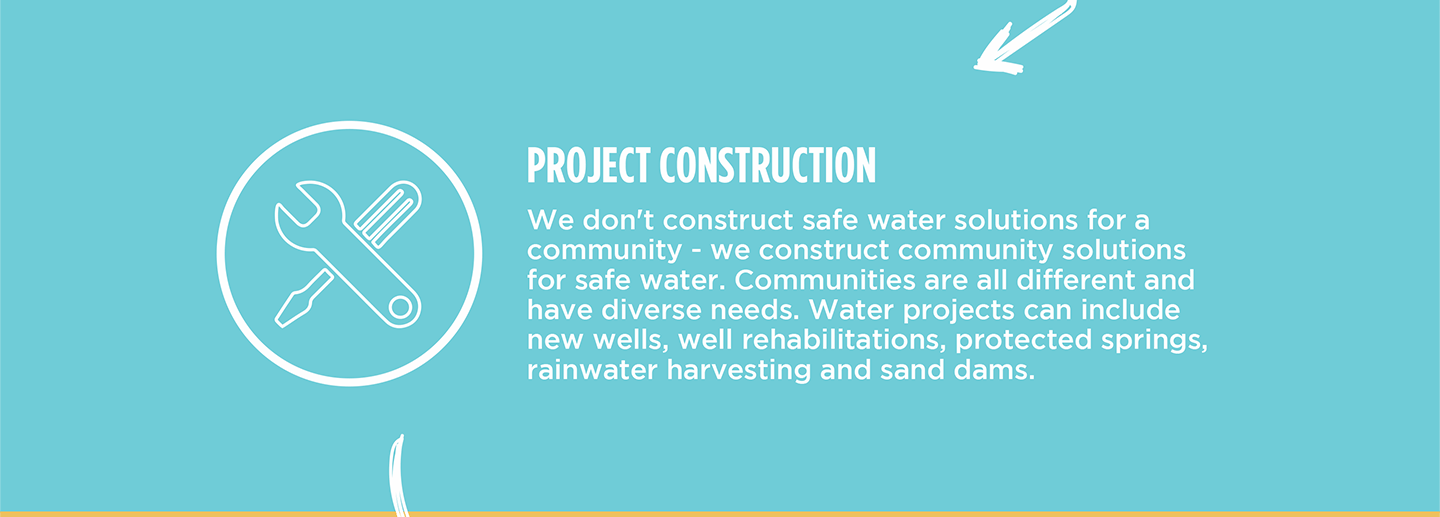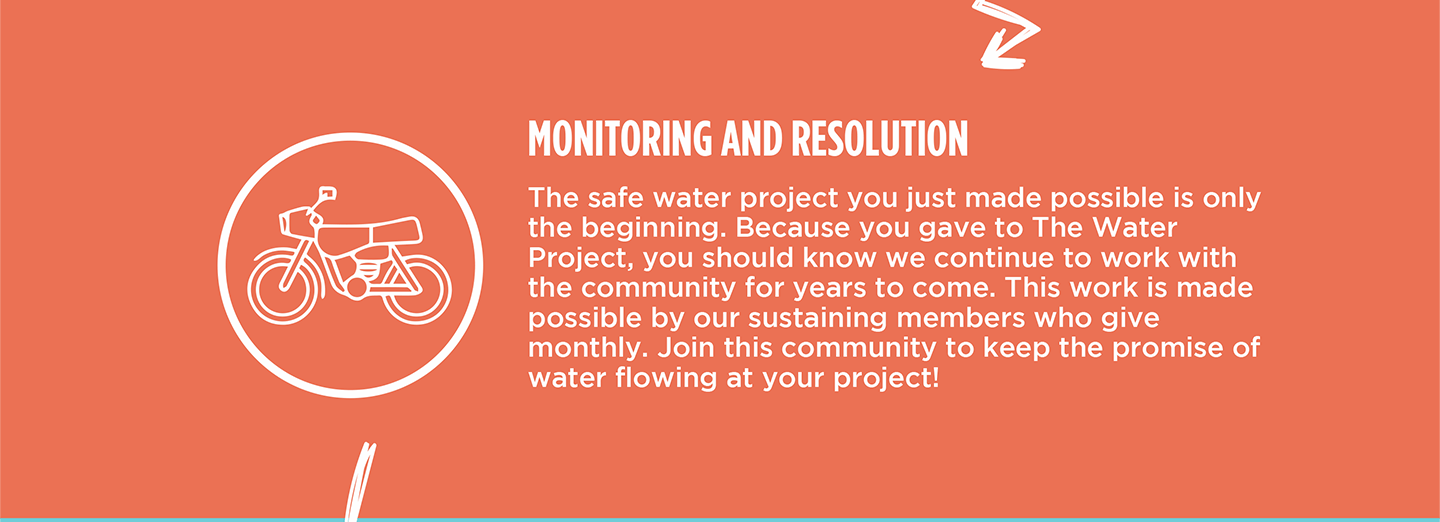For the 140 community members living in Samitsi, farming is their lifeline. Not only do people produce the food they need to eat, but they also sell their crops to produce the necessary income to support their families.
Community members have created an agricultural cooperative to better provide for themselves. Every day, people bring their farm produce together, sell it to retailers, and bank the money. Then at the end of the month, the money is divided and distributed according to each farmer's contribution.
The community also came together in an attempt to protect their primary water source, Musa Kataka Spring. Everyone contributed a few bags of cement, built a small retaining wall, and installed a pipe to collect the flow of water, doing their best.
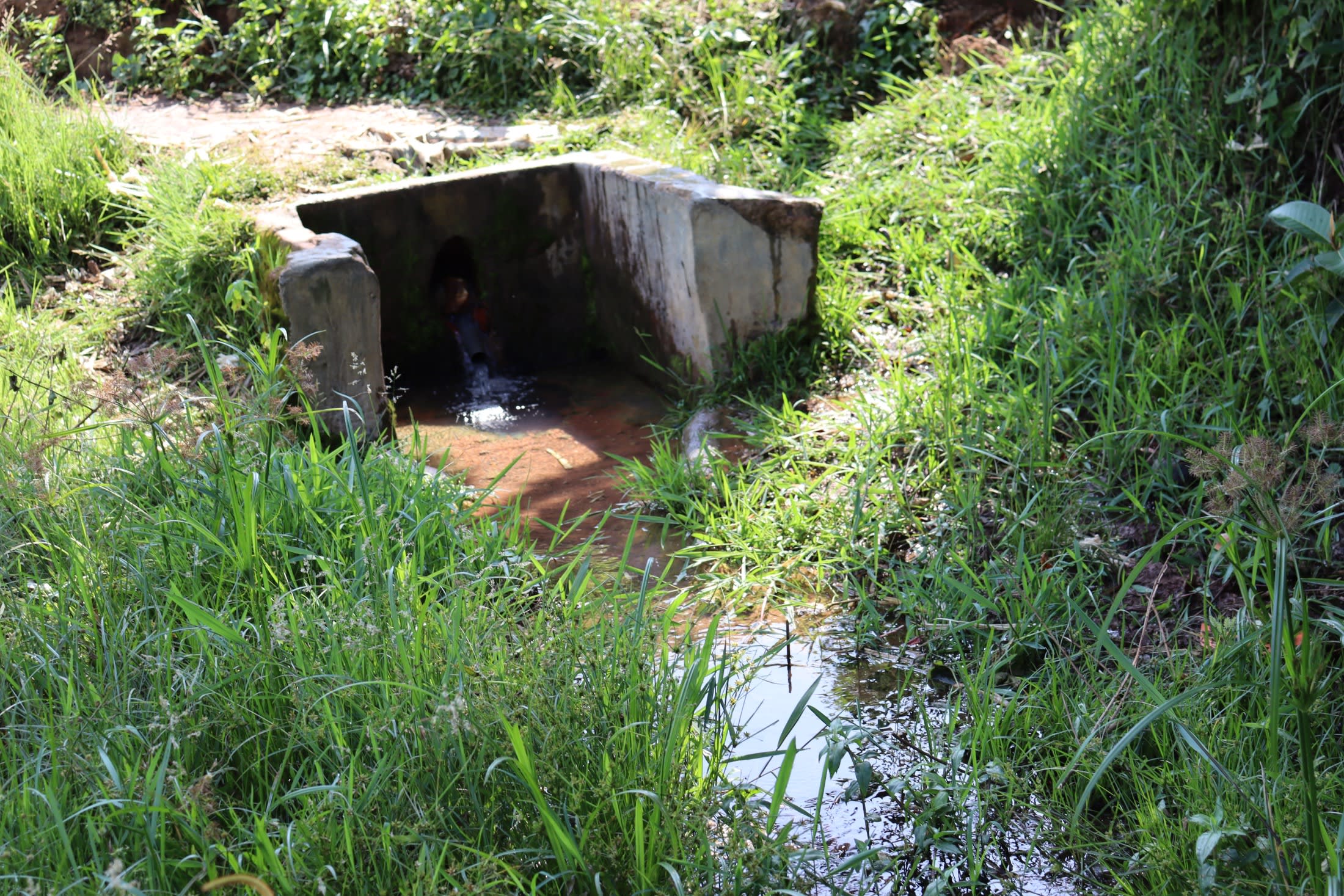
But since the community lacked the proper expertise, the spring faces serious issues. A few months after the attempt was made, the discharge pipe became loose, so now water escapes around the pipe as well as other areas of the spring box. The collection pipe was fixed too low, so fetching water with a larger container is a challenge. The water has been left exposed to contaminants, and the drainage system is blocked, causing water to back up in the collection area.
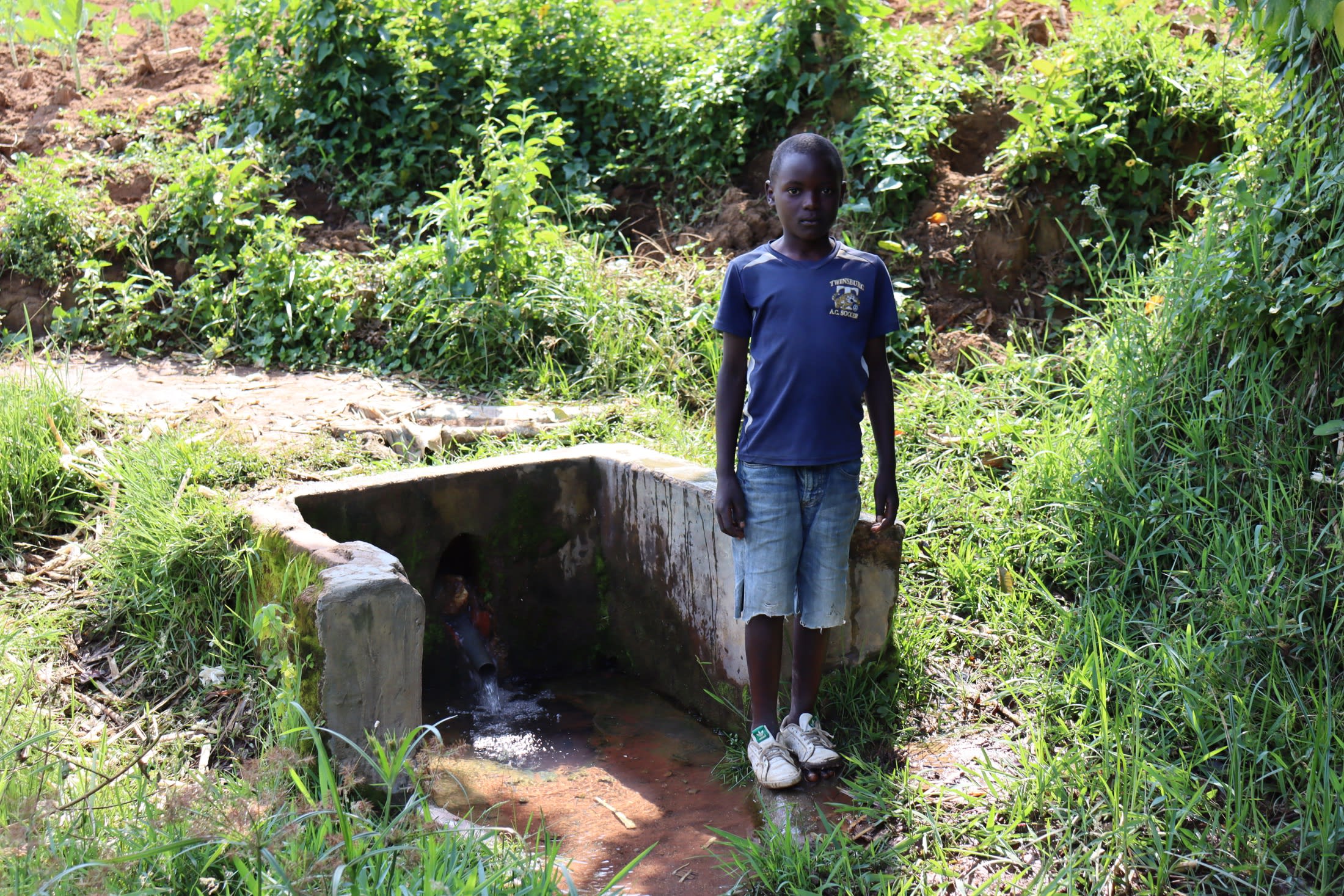
"My mother has caned me on several occasions because between fetching the water and bringing it home, it becomes contaminated. This has really affected my relationship with my mother. Whenever it is my turn to bring water from the spring, [I] am just worried," said nine-year-old Moses M., above collecting water at the spring.
"The water looks clean for human consumption, but the environment around the water point is wanting. Therefore, I can only drink water from this particular spring when it's treated," said field officer Betty Muhongo.
Community members are well aware that the water they are collecting from the spring is contaminated, but they do not have alternative water sources to rely upon, so they must use it.
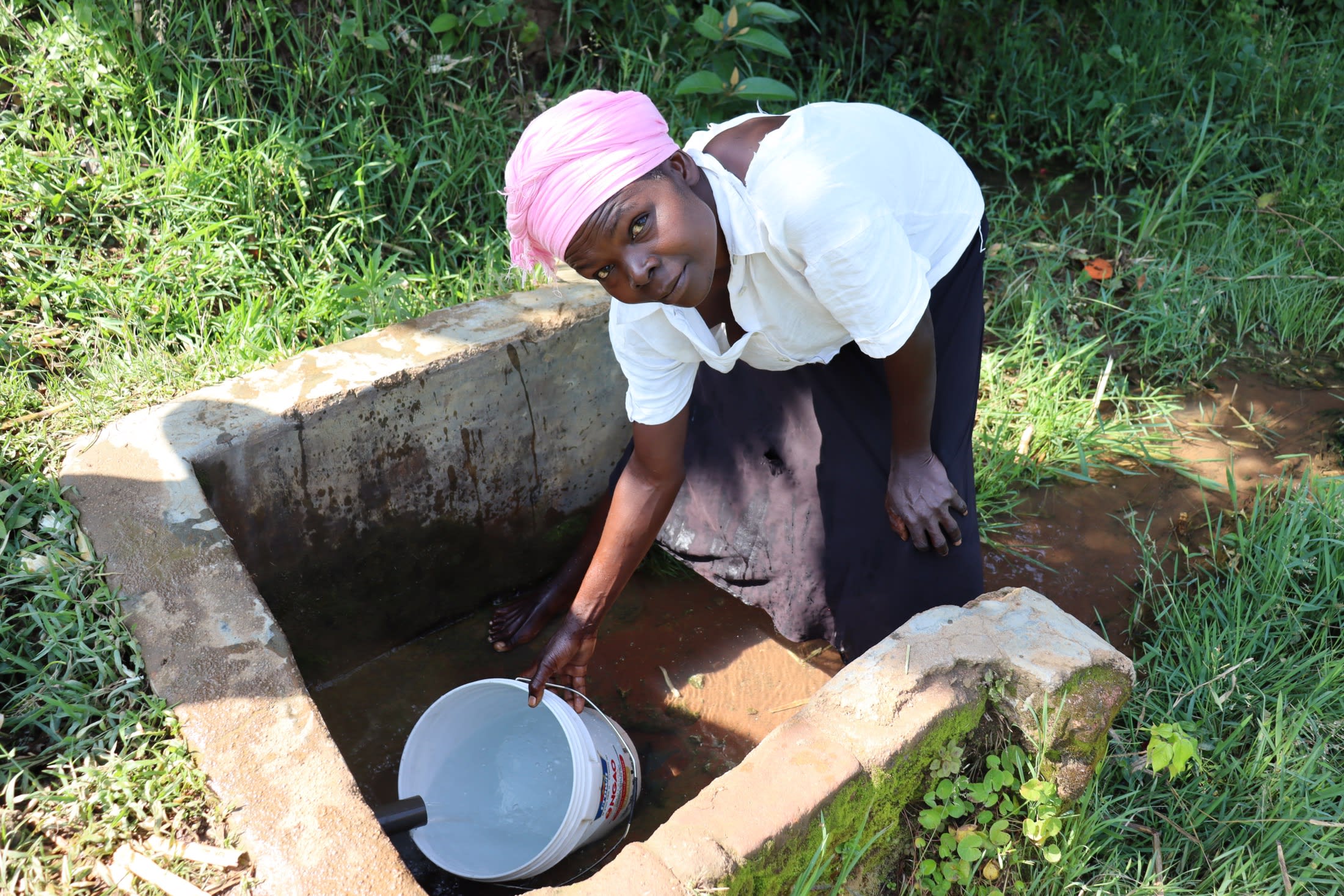
"[I] am always keen when I send my children to go and draw water from this spring. I need to give them instructions on how they will draw the water, and when they come back, I need to inspect the water to make sure it's clean. I don't stop at that point. [Then], I need to boil [the] water that will be used for drinking. By so doing, a lot of time is wasted," said 40-year-old farmer Janet Nalika, collecting water above.
With proper protection of the spring, community members should be able to collect cleaner, sufficient water.
"It's my humble prayer that you help us protect this spring for me to retain a good relationship with my mother because I will be able to draw clean water that will be used at home," said Moses M.
What We Can Do:
Spring Protection
Protecting the spring will help provide access to cleaner and safer water and reduce the time people have to spend to fetch it. Construction will keep surface runoff and other contaminants out of the water. With the community’s high involvement in the process, there should be a good sense of responsibility and ownership for the new clean water source.
Fetching water is a task predominantly carried out by women and young girls. Protecting the spring and offering training and support will, therefore, help empower the female members of the community by freeing up more of their time and energy to engage and invest in income-generating activities and their education.
Training on Health, Hygiene and More
To hold training, we work closely with both community leaders and the local government. We ask community leaders to invite a select yet representative group of people to attend training who will then act as ambassadors to the rest of the community to share what they learn.
The training will focus on improved hygiene, health, and sanitation habits in this community. With the community’s input, we will identify key leverage points where they can alter their practices at the personal, household, and community levels to affect change. This training will help to ensure participants have the knowledge they need about healthy practices and their importance to make the most of their water point as soon as water is flowing.
Our team of facilitators will use a variety of methods to train community members. Some of these methods include participatory hygiene and sanitation transformation, asset-based community development, group discussions, handouts, and demonstrations at the spring.
One of the most important issues we plan to cover is the handling, storage, and treatment of water. Having a clean water source will be extremely helpful, but it is useless if water gets contaminated by the time it is consumed. We and the community strongly believe that all of these components will work together to improve living standards here, which will help to unlock the potential for these community members to live better, healthier lives.
We will then conduct a small series of follow-up trainings before transitioning to our regularly scheduled support visits throughout the year.
Training will result in the formation of a water user committee, elected by their peers, that will oversee the operations and maintenance of the spring. The committee will enforce proper behavior around the spring and delegate tasks that will help preserve the site, such as building a fence and digging proper drainage channels. The fence will keep out destructive animals and unwanted waste, and the drainage will keep the area’s mosquito population at a minimum.

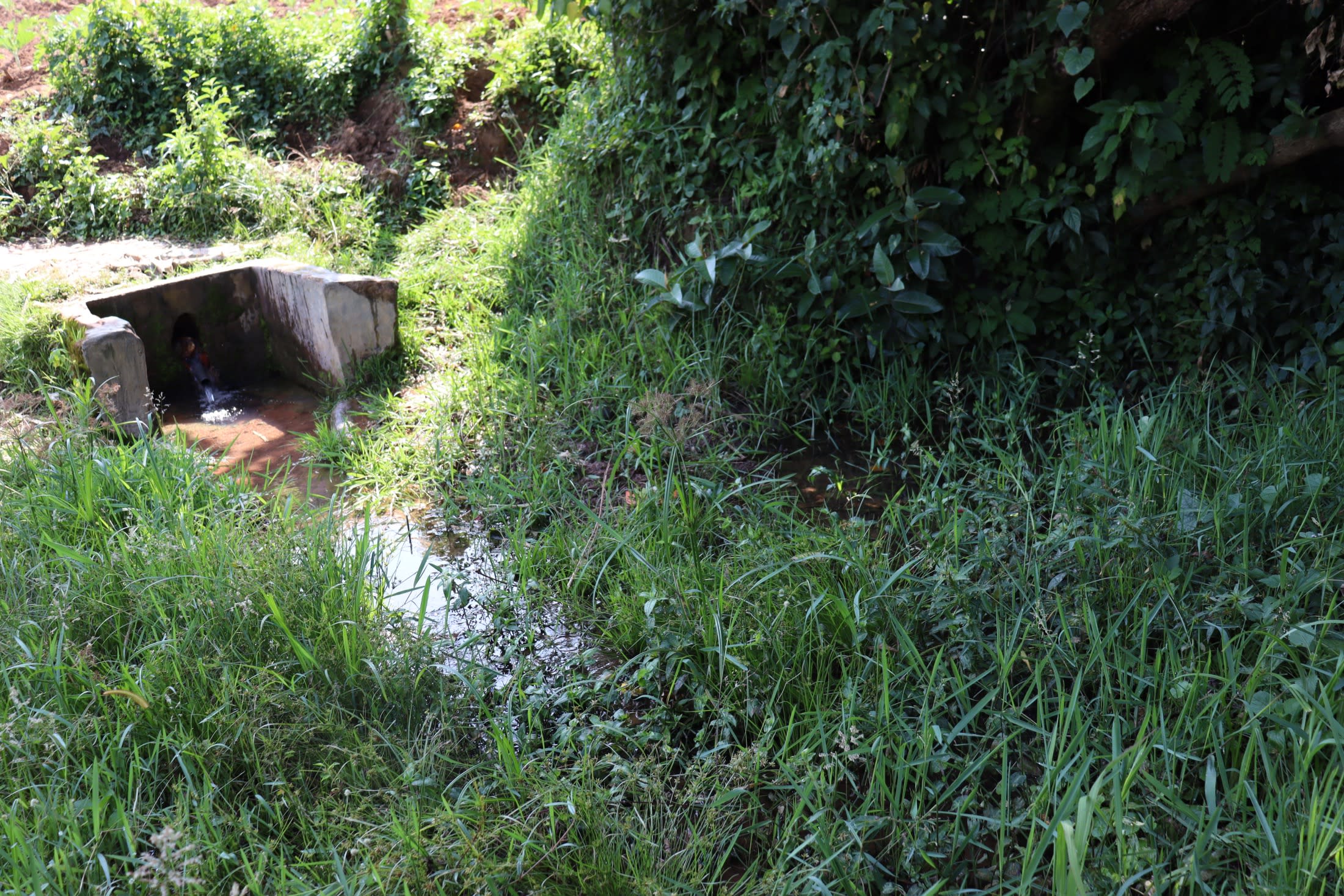
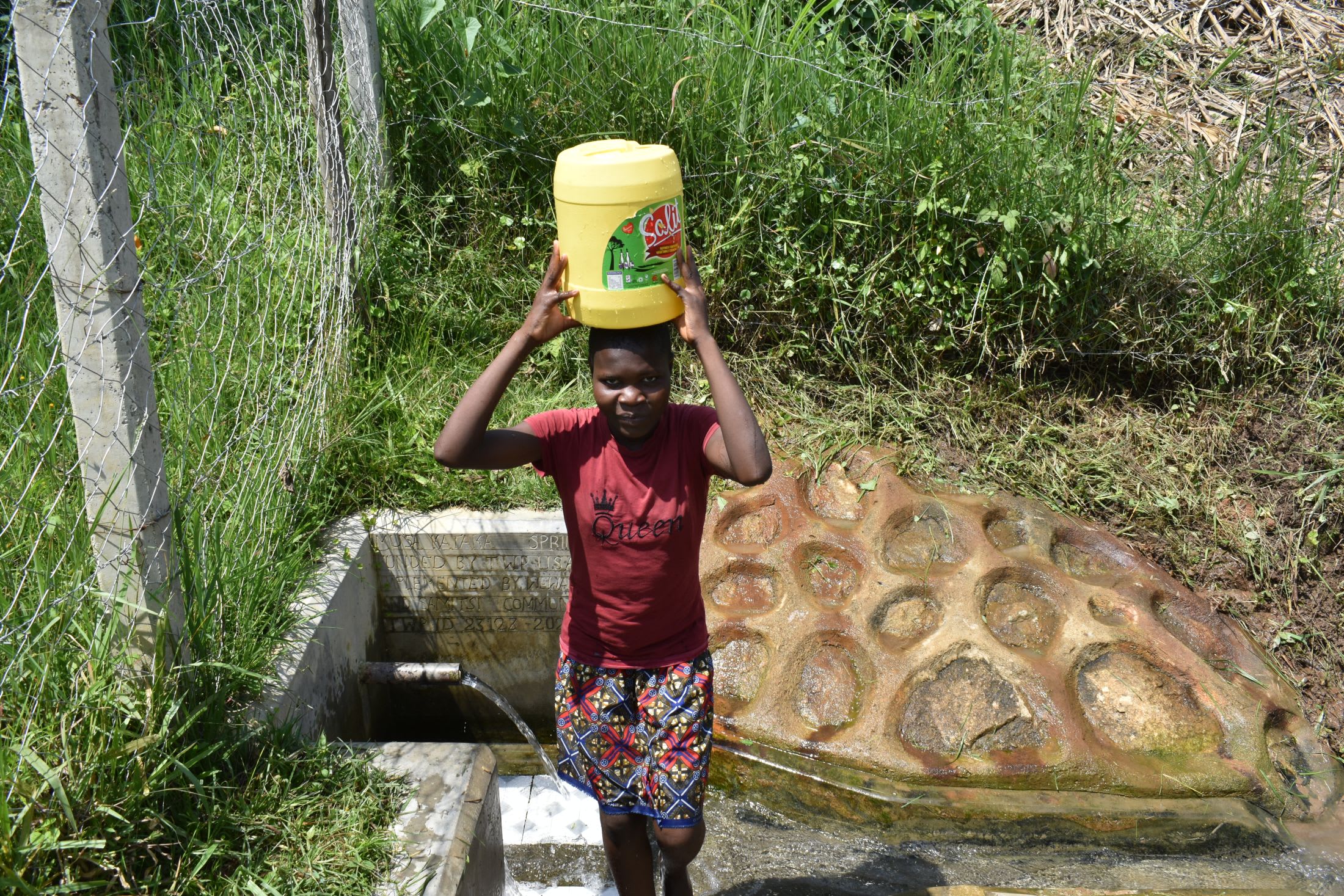
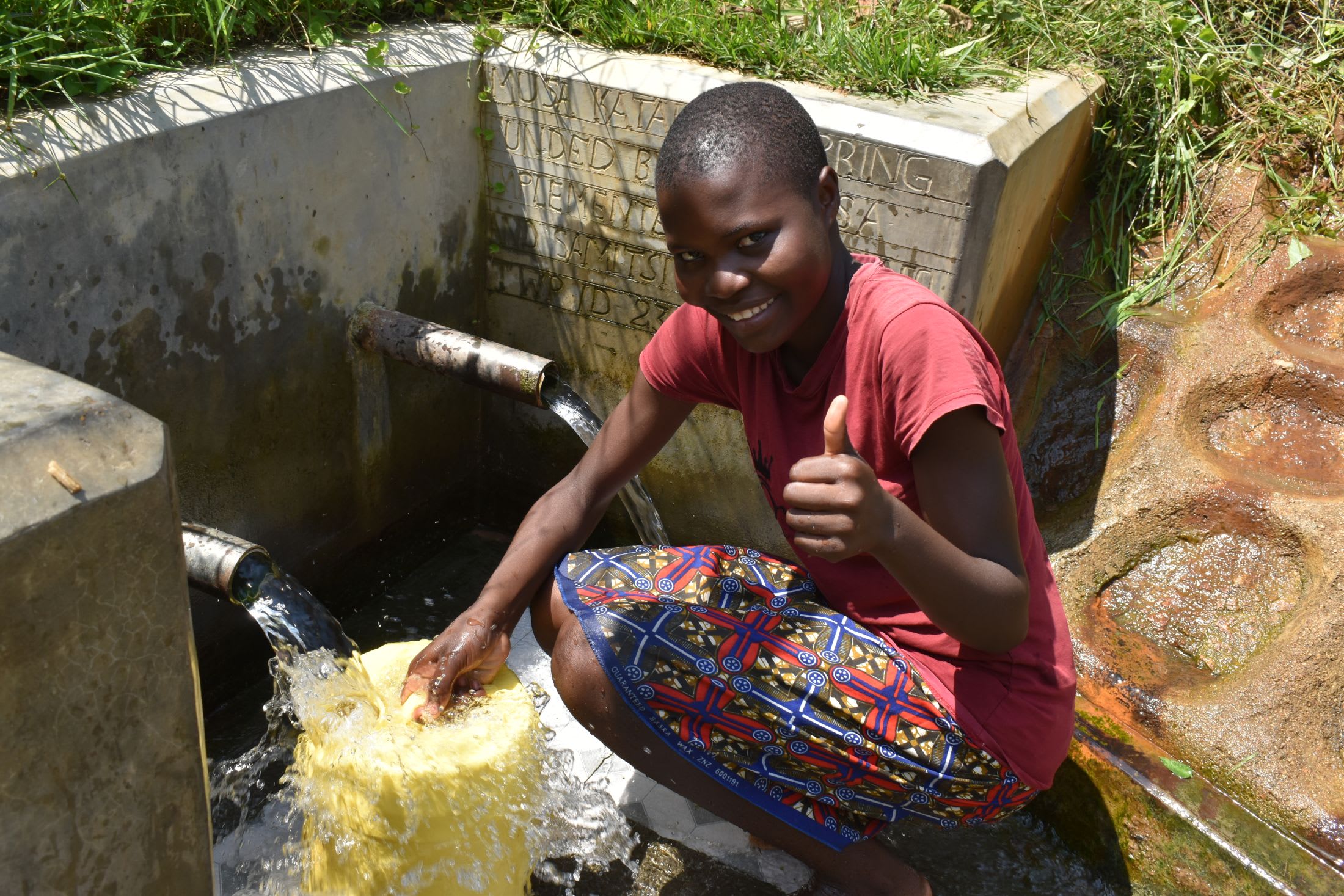
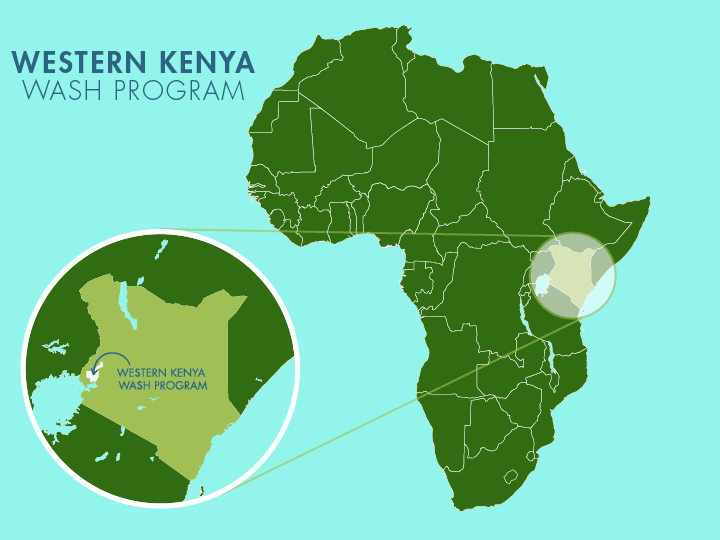
 Protected Spring
Protected Spring
 Rehabilitation Project
Rehabilitation Project

